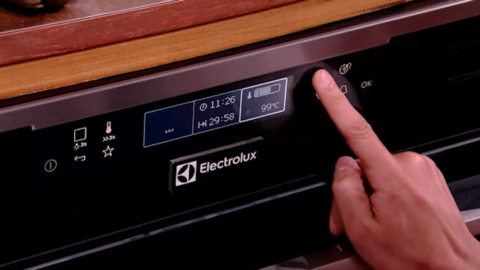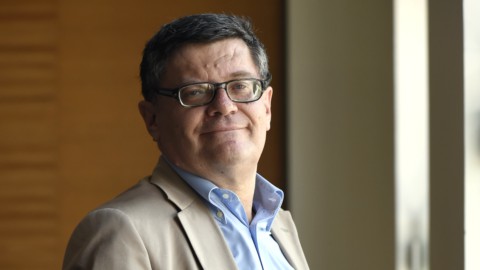The results of the third quarter of the Swedish multinational Electrolux AB, communicated on Friday 28 October, are heavy. A 7-8% cut of the 51 employees (cut mostly in North America where losses have reached 1,2 billion SEK), for a total saving in 2023 of over 7 billion SEK, an operating loss in third quarter of 385 million due to the expected deterioration of the demand for home appliances in Europe and North America. The operating result was -35 million Swedish crowns. And as for the coming months, the company anticipates further declines in demand due to inflation and high interest rates.
It should be noted that, as happened for other companies, the loss due to the NATO-Ukraine war, of the Russian market and of the Russian-speaking ones, clearly affects the operating profit: 350 million crowns. With a strong impact on the Europe business area. As had already been announced in September, in addition to the generalized increase in Costs, inflation has been compounded by massive inefficiencies in the supply chain and manufacturing in North America.
“And while we expect SEK 4-5 billion earnings in 2023 from the new cost scheme,” said the president and CEO Jonas Samuelson –, on the other hand we expect the restructuring burden to account for between 2022 and 1,2 billion SEK in the fourth quarter of 1,5”. True, net sales increased to MSEK 35.244 (30.929), corresponding to organic sales growth of 1,2%. But it is also true that this seemingly positive sign has only come because in emerging markets in Asia-Pacific, the Middle East and Africa, demand has been robust.
What does it mean for Europe and in particular for the 5 Italian sites?
A quick response comes from the trade union representatives who have declared themselves very worried and who are awaiting November 9 when the meeting with the company will take place, a meeting which was supposed to take place in September and which had been postponed precisely due to the rapid deterioration of world markets. Unlike other large Electrolux groups – underline the unions – it has invested in Italian factories even recently and which now, due to the difficult market conditions, are all experiencing layoffs.
It should be noted that Electrolux has recently expanded the hood factory in the Marche region Best (purchased by an American fund that had managed it decidedly badly) making it the central hub of the Group's air treatment. With one advantage compared to other plants, namely that in the Marche there is still a large and articulated district of components for household appliances. Other central hubs of the group – and in this Italy despite everything confirms itself as a center of global importance for the design and quality production of majaps – are the renovated factories of Susegana (fridge) e Porcia (washing machines and washer-dryers) all high-end. Then there's the site Forlì, always for the whole group, where 2.200.000 hobs and built-in ovens of super design and technology were produced. And that after the colossal sales of the Covid two-year period, they have dropped to around 1 million. And finally, central to the whole group, indeed strategic, is the dishwasher plant of Solaro in Lombardy, for which a major investment and expansion had been announced.
Why is Solaro considered by technicians a strategic site?
Just move to Poland to understand it. Here, all the companies that have outsourced the production of most of the entry level devices are in difficulty: as stated by the general manager of Applia Polska, Poland lost, for the NATO-Ukraine war, 30-35% of sales it made in Russia, Ukraine and neighboring countries. And having long had a full-employment situation, more than 25 percent of the workforce that operated the lines was made up of Ukrainian border workers. Who, with the war, have disappeared, enlisted, died or been displaced elsewhere. This has put factories, logistics and the Eastern European market in crisis and will last a very long time.
The Italian hubs, therefore, could at least make up for these shortcomings but this is only possible if we are dealing with flexible, smart factories, updated with strong automations that lower skyrocketing production costs.. For each Italian site, Electrolux has invested 150 in the last few years and appliances, after double-digit growth for two years, are becoming quite heavy, but only those who have invested in technology, design and eco-sustainability (and here Electrolux holds absolute records), can remain in Europe and continue to manufacture household appliances. Something that the summit also recently declared it would continue to do. It should also be noted that only 20% of what comes out of the 5 Electrolux sites is sold in Italy, because the rest goes to world markets including the United States. Because these are products of design, highly environmentally friendly with the most stringent and diversified regulations.





